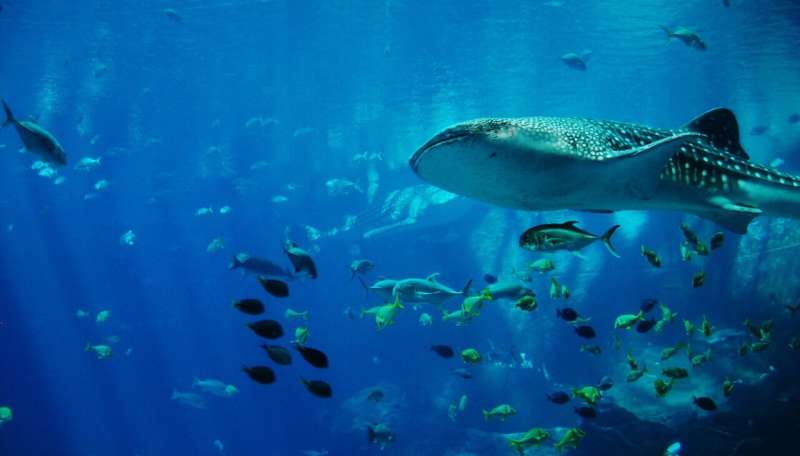A groundbreaking study has revealed insights into the fishing practices of late Stone Age Pacific islanders through a newly developed collagen fingerprinting tool. Researchers have identified various fish species from archaeological bone fragments, shedding light on the advanced fishing techniques employed by these early communities. The findings, published on November 7, 2025, in the Journal of Archaeological Science, highlight the critical role of pelagic fishing in the survival and cultural development of these island societies.
Advanced Techniques Illuminate Fishing Practices
The research utilized a method known as Zooarchaeology by Mass Spectrometry (ZooMS), which can detect unique chemical signatures within collagen, a structural protein predominantly found in bone. By analyzing a total of 131 archaeological bones, scientists successfully identified three species of tuna and five varieties of sharks. This method offers a more accurate means of identifying fish species than traditional bone-comparison techniques, which often struggle due to the poor preservation of remains.
Fais Island, located in the Yap State of Micronesia, has emerged as a focal point for archaeological research. Investigations at the Powa site on its southern coast reveal that the island has been inhabited for nearly 1,800 years. The islanders relied heavily on pelagic fishing, targeting fast-moving marine predators like sharks and tunas, which proved essential for their survival. The challenges of navigating the surrounding coral reefs made inshore fishing a complex task.
Revolutionizing Species Identification
Previous methods fell short in distinguishing fish species beyond the family level, primarily due to the limited preservation of samples and the cartilaginous nature of many fish skeletons. In contrast, the ZooMS technique processes samples using an acid-soluble collagen method. This involves dissolving bones in acid to extract collagen and then analyzing the resulting peptides through mass spectrometry. This approach yielded remarkable results, identifying 97% of tuna family bones with high confidence.
Out of 77 samples analyzed, 75 were identified as skipjack tuna, with the remaining two being yellowfin tuna and wahoo. Shark remains exhibited a broader variety, with 20 samples closely linked to the silky shark, 11 to the Galapagos shark, and others to the silvertip and whitetip reef sharks. Although the reference database remains incomplete, the findings significantly enhance our understanding of ancient fishing practices.
The researchers emphasize the importance of expanding reference databases to improve the potential of ZooMS further. They argue that molecular-level techniques can bridge existing gaps in fish species identification, offering deeper insights into how fishing habits shaped the social and cultural landscapes of early Pacific societies.
As the study progresses, it highlights the potential for modern science to unravel the complexities of ancient lifestyles, allowing for a richer understanding of human history. The work of researchers like Clara Boulanger and her team represents a significant advancement in archaeological methodology, paving the way for future discoveries in the field.







